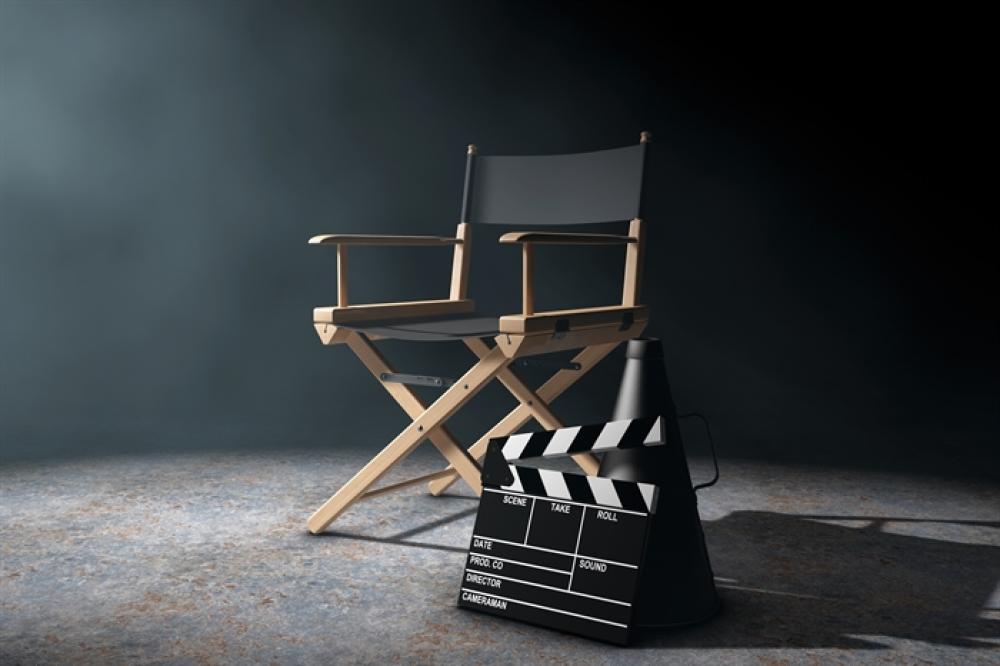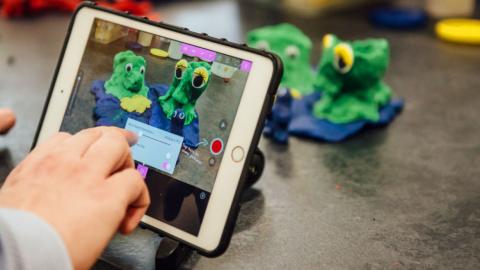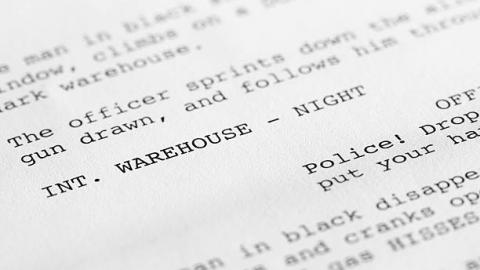The Self-Tape as a Newer, Better Auditioning Alternative
Share with friends

Previously, it was used only as a backup—but now the self-tape has grown to be common industry wide.
Auditioning has traditionally been an awkward and stressful practice in the filmmaking world. But it certainly doesn’t have to be.
Nowadays, the self-tape is growing more and more common industry-wide. Sometimes it is even the preferred method for actors and filmmakers to meet. Previously, it was used as a backup—if the actor or director was not able to attend the live audition.
Submitting a virtual pre-recorded video provides many benefits, such as being able to submit and view a person’s best and prepared work. It also expands the number of auditions one can be involved with, as well as allow filmmakers to see more people from a wider area.
For actors, most auditions only give you a very short chance to make a flawless impression. Most large projects don’t even use auditions for bigger roles, rather they use someone they already know, as the filmmaker has a better idea of how that actor will perform. Thus, the self-tape is extremely beneficial for independent filmmakers. It allows filmmakers to not worry about who shows up, not having enough time to see a large number of actors, etc. Then once they choose a few key candidates, they can schedule meet-ups.
When creating and submitting a self-tape, you should show your most honest and engaging acting, and then you can use various technical tricks to increase the quality of your recording.
Casting can be daunting, so the self-tape is the closest thing to skipping auditions and starting to film sooner.




